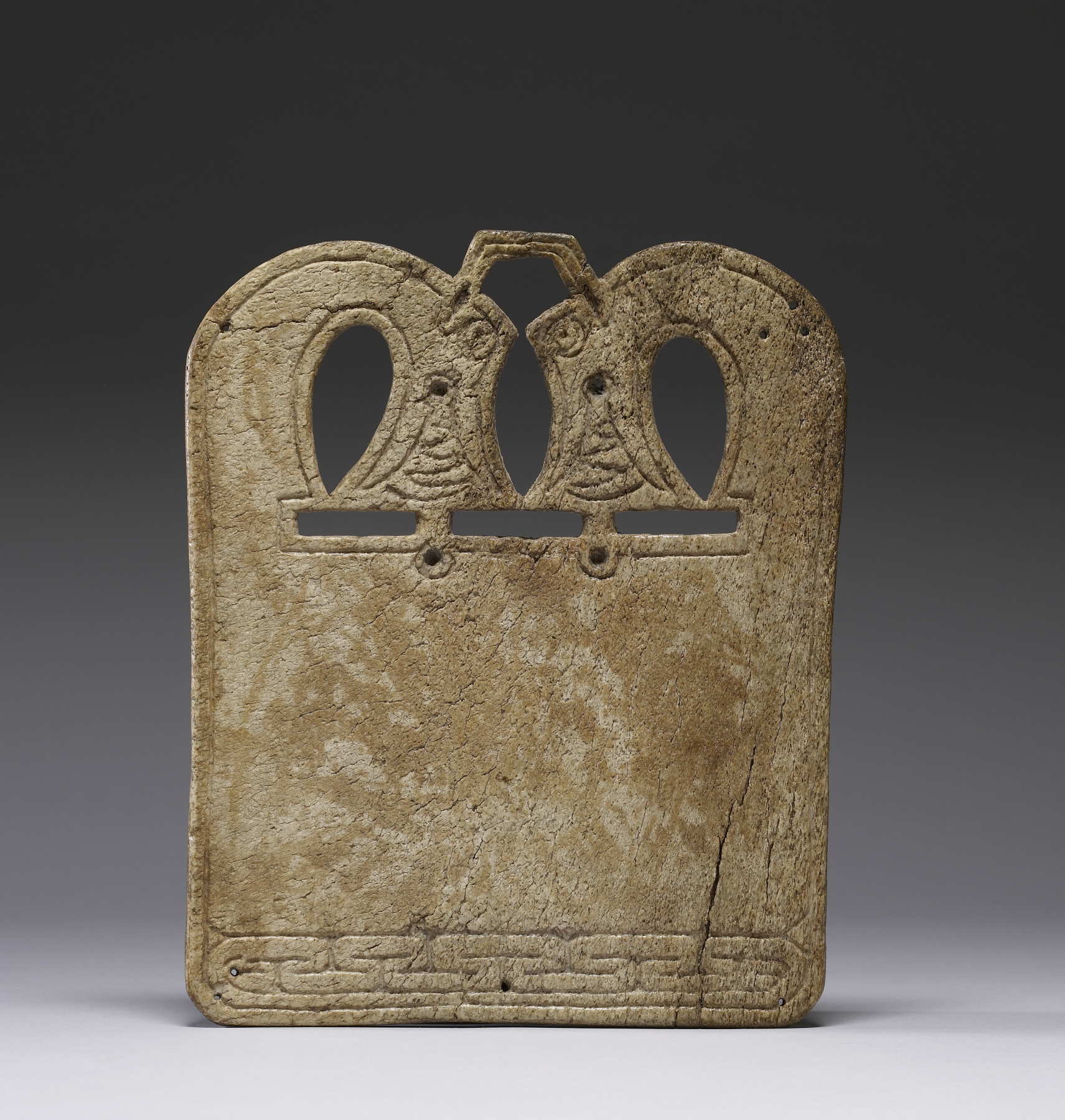|
Svingerud Runestone
The Svingerud Runestone (or Hole Runestone) is a sandstone object featuring Elder Futhark inscriptions found in a grave in Hole (west of Oslo), Norway. Radiocarbon dating indicates that the grave and the runestone date to between 1 and 250 CE, during the Roman Iron Age, making it the oldest datable runestone known in the world, and potentially the oldest known runic inscription.Olsen 2023. The discovery is additionally notable for the content of its inscriptions. Discovery and context Archaeologists from the Museum of Cultural History, University of Oslo, discovered the stone in the autumn of 2021 while investigating a gravefield near Tyrifjorden. The runes, recording words of an early form of the Proto-Norse language (a northern development of Proto-Germanic), were carved, possibly with the tip of a needle or a knife, in a block of reddish-brown Ringerike sandstone measuring 31x32 cm (12.2 in by 12.6 in).Gulliksen 2023 Runologist Kristel Zilmer, Professor of Written Culture a ... [...More Info...] [...Related Items...] OR: [Wikipedia] [Google] [Baidu] |
Runestone
A runestone is typically a raised stone with a runic alphabet, runic inscription, but the term can also be applied to inscriptions on boulders and on bedrock. The tradition of erecting runestones as a memorial to dead men began in the 4th century and lasted into the 12th century, but the majority of the extant runestones date from the late Viking Age. While most of these are located in Scandinavia, particularly Sweden, there are also scattered runestones in locations that were visited by Norsemen. Runestones were usually brightly coloured when erected, though this is no longer evident as the colour has worn off. History The tradition of raising stones that had runic inscriptions first appeared in the 4th and 5th century, in Norway and Sweden, and these early runestones were usually placed next to graves, though their precise function as commemorative monuments has been questioned. The earliest Danish runestones appeared in the 8th and 9th centuries, and there are about 50 runest ... [...More Info...] [...Related Items...] OR: [Wikipedia] [Google] [Baidu] |
Viking Art
Viking art, also known commonly as Norse art, is a term widely accepted for the art of Scandinavian Norsemen and Vikings, Viking settlements further afield—particularly in the British Isles and Iceland—during the Viking Age of the 8th-11th centuries. Viking art has many design elements in common with Celtic Art, Celtic, Migration Period art, Germanic, the later Romanesque art, Romanesque and Eastern European art, sharing many influences with each of these traditions. Generally speaking, the current knowledge of Viking art relies heavily upon more durable objects of metal and stone; wood, bone, ivory and textiles are more rarely preserved. The artistic record, therefore, as it has survived to the present day, remains significantly incomplete. Ongoing archaeology, archaeological excavation (archaeology), excavation and opportunistic finds, of course, may improve this situation in the future, as indeed they have in the recent past. Viking art is usually divided into a sequence ... [...More Info...] [...Related Items...] OR: [Wikipedia] [Google] [Baidu] |
Archaeological Discoveries In Norway
Archaeology or archeology is the study of human activity through the recovery and analysis of material culture. The archaeological record consists of Artifact (archaeology), artifacts, architecture, biofact (archaeology), biofacts or ecofacts, archaeological site, sites, and cultural landscapes. Archaeology can be considered both a social science and a branch of the humanities. It is usually considered an independent academic discipline, but may also be classified as part of anthropology (in North America – the four-field approach), history or geography. The discipline involves Survey (archaeology), surveying, Archaeological excavation, excavation, and eventually Post excavation, analysis of data collected, to learn more about the past. In broad scope, archaeology relies on cross-disciplinary research. Archaeologists study human prehistory and history, from the development of the first stone tools at Lomekwi in East Africa 3.3 million years ago up until recent decades. A ... [...More Info...] [...Related Items...] OR: [Wikipedia] [Google] [Baidu] |


